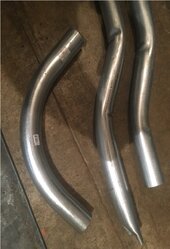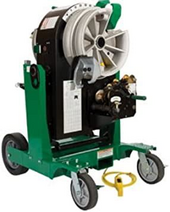So, in my procedure I mentioned 2 things. 1) turning off the main breaker (from the utility) and 2) turning off all other breakers in the main panel.
The second step, prevents the inverter from "getting power" from the main panel, where it would essentially just be feeding itself.
The gist of it is, all breakers in the main panel are off, then I turn on the generator breaker, and whichever *individual* loads I want to power up. In my case, my battery bank isn't large enough to feed the whole house for any extended period of time (maybe half a day, max), and my inverter is certainly not large enough to run the whole house (central AC and such) so the critical loads panel has my "must haves", and I have identified what each breaker in my main panel controls. So, if I want to run my oven temporarily, or a washer/dryer, or a pool pump, etc.. I turn on that individual breaker manually. Then when I'm done, I turn it off. I call it my "nice to have" circuits.







